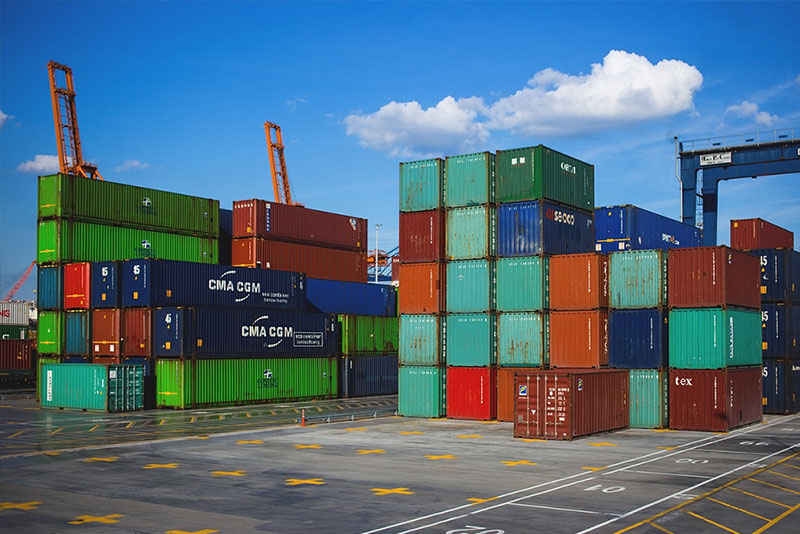Supply chain efficiency is crucial for businesses aiming to streamline operations and reduce costs. One effective strategy gaining traction is the use of US overseas warehousing. By strategically placing inventory closer to international markets, companies can shorten delivery times, reduce transportation costs, and enhance overall supply chain responsiveness.

Here are several key ways to leverage US overseas warehousing to optimize supply chain efficiency:
1. **Reduced Lead Times**: One of the primary advantages of US overseas warehousing is the significant reduction in lead times. Instead of shipping goods directly from the US to international markets, which can be time-consuming and costly due to customs procedures and transportation logistics, storing inventory in overseas warehouses allows for quicker distribution. This approach ensures that products reach customers faster, improving customer satisfaction and loyalty.

2. **Cost Savings**: Warehousing goods in the US for international markets can lead to substantial cost savings. By storing inventory closer to where it's needed, businesses can minimize shipping costs and potentially lower tariffs and duties. Moreover, holding stock in bulk quantities at overseas locations can enable economies of scale in transportation and storage, further driving down operational expenses.
3. **Enhanced Flexibility**: US overseas warehousing enhances supply chain flexibility by providing a buffer against supply disruptions. It allows companies to respond swiftly to fluctuating demand patterns and market changes. For instance, during peak seasons or unexpected surges in demand, having readily available inventory in overseas warehouses ensures continuity in supply without delays.

4. **Improved Market Reach**: With strategically positioned warehouses in the US catering to international markets, businesses can expand their global footprint more effectively. This localization strategy not only supports market penetration but also strengthens competitive positioning by offering faster delivery times compared to competitors relying solely on distant centralized distribution centers.
5. **Streamlined Inventory Management**: Implementing US overseas warehousing facilitates better inventory management practices. It enables businesses to adopt just-in-time (JIT) inventory strategies tailored to local demand, thereby reducing excess stock and minimizing inventory holding costs. Real-time visibility into stock levels across warehouses also enhances inventory control and reduces the risk of stockouts.
By integrating US overseas warehousing into your supply chain strategy, you can achieve significant operational efficiencies and gain a competitive edge in the global market. Embracing this approach not only optimizes logistics but also enhances overall business agility and customer satisfaction.